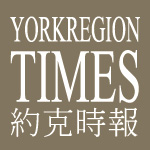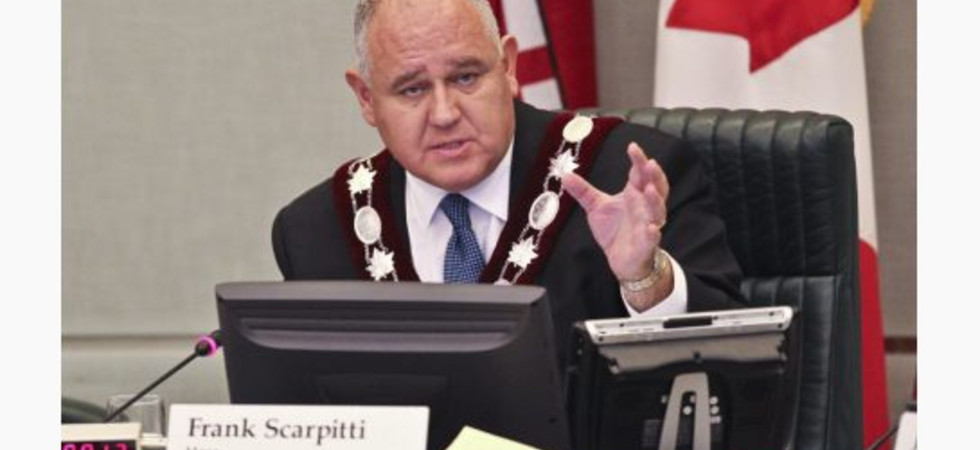Markham Residents Benefit from the 2016 Ontario Budget
The Ontario Government delivered its 2016 Budget – Jobs for Today and Tomorrow, with good news for Markham and York Region residents and businesses.
POST SECONDARY EDUCATION
As part of the Major Capacity Expansion Policy Framework, the government reinforced its commitment for a new post secondary campus in Markham, serving about 4,000 students. The project will be a partnership between York University and Seneca College. The campus is scheduled to open in fall 2020.
University and college students from low-income families will also benefit from the 2016 Budget:
- Starting in the 2017-18 school year, the province will create a new grant -- called the Ontario Student Grant. Under the new system, tuition will be free for students from Ontario families with incomes of $50,000 or lower, who attend any college or university in Canada.
- More than half of students from families with incomes up to $83,000 will receive non-repayable grants that exceed the average tuition.
REGIONAL EXPRESS RAIL AND OTHER TRANSIT PROJECTS
The government will invest $13.5 billion to implement GO Regional Express Rail (RER), which will quadruple the number of weekly trips from about 1,500 to nearly 6,000 trips. This investment supports planning, design and early construction on GO rail corridors, including building the double track to Unionville on the Stouffville corridor.
The Yonge North subway extension, among other projects in Metrolinx’s regional transportation plan — “The Big Move”, will be given priority to support ongoing transit planning in the region.
“The Ontario Government’s 2016 Budget brings great opportunities for Markham,” said Mayor Frank Scarpitti. “The combination of a new York University campus, Regional Express Rail to Stouffville, and the Yonge North subway extension will provide an important catalyst for economic development and job creation in the region, and support a cultural and academic hub in Markham Centre. Premier Wynne and the Ontario government are to be congratulated for making these important investments to further the economic prosperity in a growing area of the GTA.”
SUPPORT TO BUSINESS
Approximately 1,850 Ontario jobs are expected to be created through the more than 100 agreements and memoranda of understanding that Premier Kathleen Wynne and business delegates signed during recent trade missions to China and India. Markham’s business mission to India, led by Mayor Scarpitti, joined the Premier’s delegation in India for several days. Markham will directly benefit from one of these agreements.
The Budget included more than $22 million to leverage a total investment of almost $55 million by Ontario Centres of Excellence and IBM Canada to support up to 500 startups and other early-stage companies.
It also provides $26 million for small and medium-sized businesses and manufacturers to make energy efficiency investments.
ACCESS TO HEALTH CARE AND OTHER SERVICES, AND LOWERED COSTS
There were other budget announcements regarding access to health care and other services, and cost reductions that will benefit residents:
- Investing an additional $130 million in cancer care services over the next three years.
- Investing $16 million over three years, starting in 2014-15, to create 1,000 new housing spaces for people with mental health and addiction issues, including $4 million for 248 supportive housing units in 2016-17.
- Investing an additional $75 million over the next three years in community-based, residential hospice and palliative care, for a total of about $155 million.
- Hospital parking will provide frequent users a savings of 50 per cent on multiple-use passes at hospitals that charge more than $10 a day. Transferable passes valid for a year with in-and-out privileges will also be offered.
- Investing $333 million over five years to redesign and consolidate autism services for children and youth in Ontario.
- Eliminating the $30 fee for Drive Clean emissions tests in 2017-18.
Removal of the debt retirement charge for residential electricity consumers, as of January 1, 2016, resulting in savings of about $70 each year for a typical residential customer.

